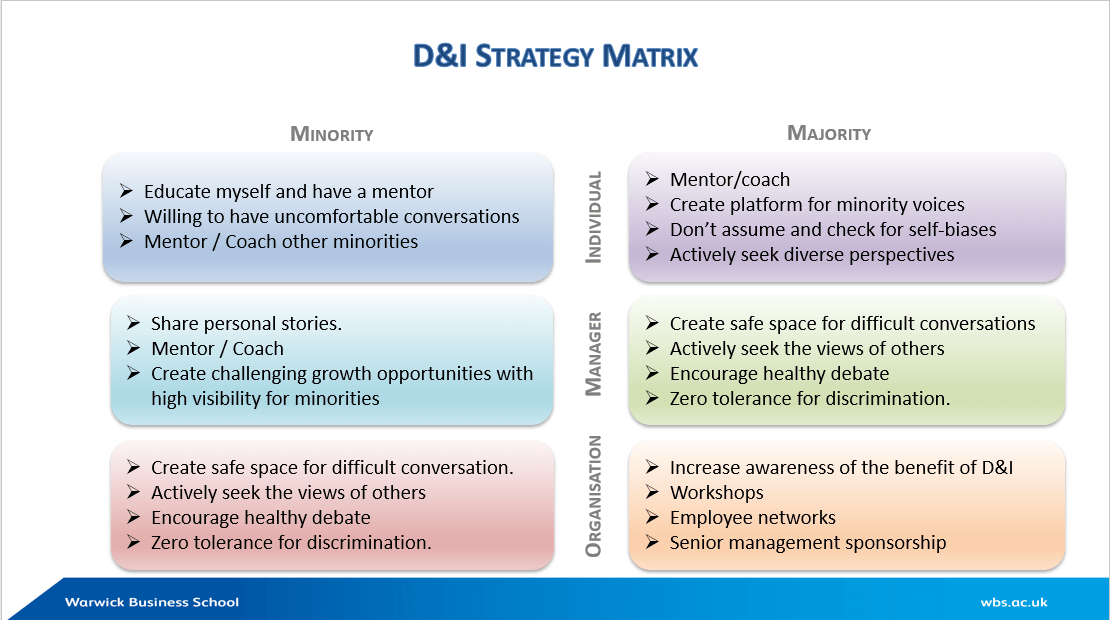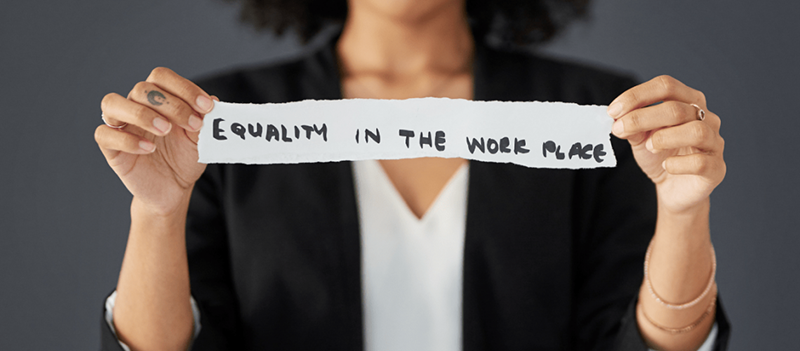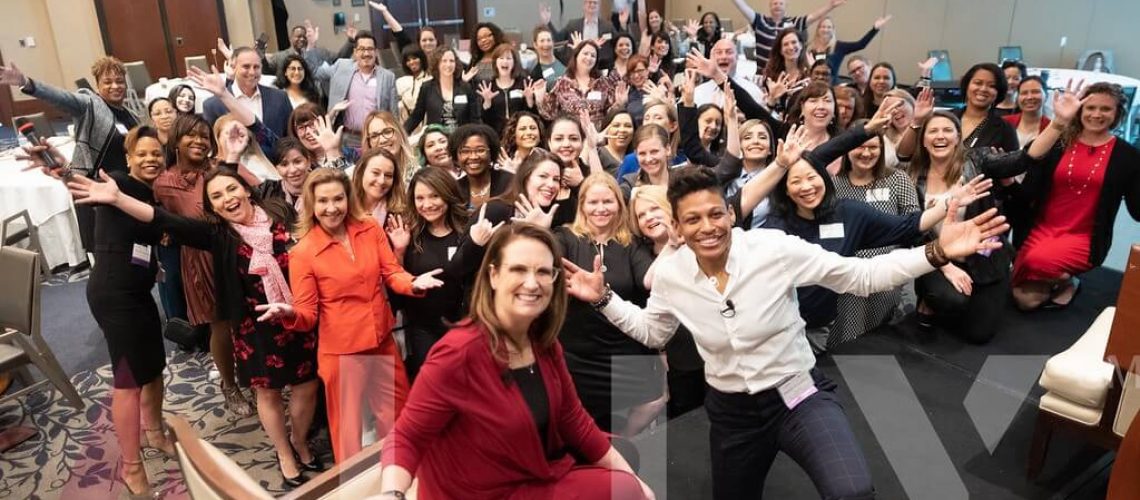Diversity and Inclusion (D&I) are important issues for organisations of today. Expected benefits of D&I are diversity of ideas, company performance, recruitment and retention, and legislation. A major barrier to achieve D&I is bias. It can be expressed in terms of gender, ethnicity, religion, politics, handicap, LGBT+, etc. This article discusses the dimensions of bias and outlines some ideas for actions.
In the text below, I use the expression ‘minority’ and ‘majority’ people; ‘majority’ being the people who are considered as the norm, while ‘minority’ are the “different” ones. Bias and mechanisms of discrimination are the same, regardless of which type of diversity we are looking at.
What is bias?
Bias is beliefs and opinions we have about people without knowing them. It comes from our upbringing, surroundings, experiences, and cultures. Bias becomes a problem when we act on it; when we judge people and assume their competencies based on how they look, talk, believe or behave, without knowing the facts about them.
The impact of bias
Bias works against minorities in three dimensions: expectation, resistance, and the assessment of qualifications (Figure 1).

Firstly: the lower expectations of a minority person.
This lack of expectation can be negative as in not believing that a minority person is capable. An example can be found in the following BBC video on black opera singer. When this man first approached a teacher to learn opera, he was told that there was no point in him studying opera, as “black people’s voices do not fit opera”, according to the teacher. As you can see in the clip, he sings beautifully.
The lack of expectation can also come from a misguided wish from the organisation of ‘wanting to be nice’ to the minority person. In the latter case, the organisation ends up defining minority people as inferior, just by portraying them as “victims of a system”.
Both these expressions of lower expectations mean that a minority person will be assigned to lead a smaller project or a smaller team. With the size of projects and teams considered as a qualification, a sign of importance, this means that the minority person is disadvantaged from the start.
Secondly: minority persons meet more resistance when performing their work. They are subconsciously considered as less important, and since we are all busy, the ‘more important' persons go first. And the fact that the minority person is leading a smaller team, or a smaller project aggravates the situation. This can be expressed as people not coming to meetings, not answering requests for information, not giving support or performing tasks requested, or aggressively questioning the result from a minority person.
An example is shown by the male team leader who swapped email signature with a female team member and was surprised by the extra amount of time he had to spend convincing customers of his competence. This results in not only time lost for an individual to advance in their job/career, but also time lost for the organisation. In the article by Rodioniva, the male team leader estimated that his time advantage from being a man was about 30%. For a month’s work (160h), the female will then have advanced only 112h, purely due to bias. This is a direct loss of 48h for the organisation. Per month. Not many people think about this effect of bias.
Thirdly: When having their qualifications assessed for potential employment/promotions within an organisation, the qualifications by a minority person will be considered as less valuable than those of a majority person. Research has found organisations using recruitment practices that de-valuate the qualifications of minority persons and hire them for positions that they are formally over-qualified for.
Many examples exist on promotion and pay gap between majority and minority persons. Company culture plays in here. An organisation might choose a majority person for a post, even though a minority person with equal, or even higher, qualifications is available, because the majority person is perceived to better fit the organisational culture. The organisational culture has usually been created by the majority people and this raises the question on organisational culture vs other (gender, ethnicity, religion, politics, handicap, LGBT+, etc ) culture. What is alignment to company culture and what is bias against minorities? This is a difficult line to balance and there is probably no correct answer that fits all organisations. Cultural differences can never be an excuse to make a colleague feel uncomfortable, working against someone or not supporting them to develop in the organisation.
The assessment of qualifications is the dimension of bias that most people talk about.
How do you reduce bias and its impact?
At the Warwick Business School, Social Learning Platform, we have developed a model for suggested actions against bias, depending on whether you are a majority or a minority person and whether you are acting as an individual, a team leader or as an organisation (Figure 2).
The first step is to be aware of and accept that bias exists and keep that in mind when working with, and when assessing, different people.
For a minority person: educate yourself and find a mentor to challenge you to do things you might not have thought about. Discuss the business with your mentor, to give you more knowledge. Ask for detailed and specific G&O and feedback. These discussions can be uncomfortable, but you should not be afraid of them. Coach and mentor other minorities. Build up a group of support.
If you are a majority person: check your own bias and work on it. Coach and mentor minority persons and give them space to talk and to work.
If you are a minority team leader, you no doubt have some inspirational stories and useful experiences to share with younger minority colleagues. Work on creating space for minority persons to grow.
A majority team leader needs to work on actively seeking the views of others, especially minorities, and have zero tolerance for discrimination. I would recommend organising subconscious bias training for the entire team.
An organisation must have the intent to achieve D&I. It needs to increase the awareness of bias and get senior managers involved as sponsors. The work must concentrate on behaviours, not culture (Adams, 2018). Also, it must be taken seriously by all levels of the organisation, and be a long-term strategy.

Finally, I’d like to paraphrase a lady called Avivah Wittenberg-Cox in her 2019 TED talk on gender equality. I paraphrase it because the mechanisms of discrimination are the same for all types of bias:
“Stop asking what is the matter with minorities, that makes them unable to progress in their careers. Start asking what is the matter with our organisation, if we cannot attract, retain and promote the talent also from minority groups.”




